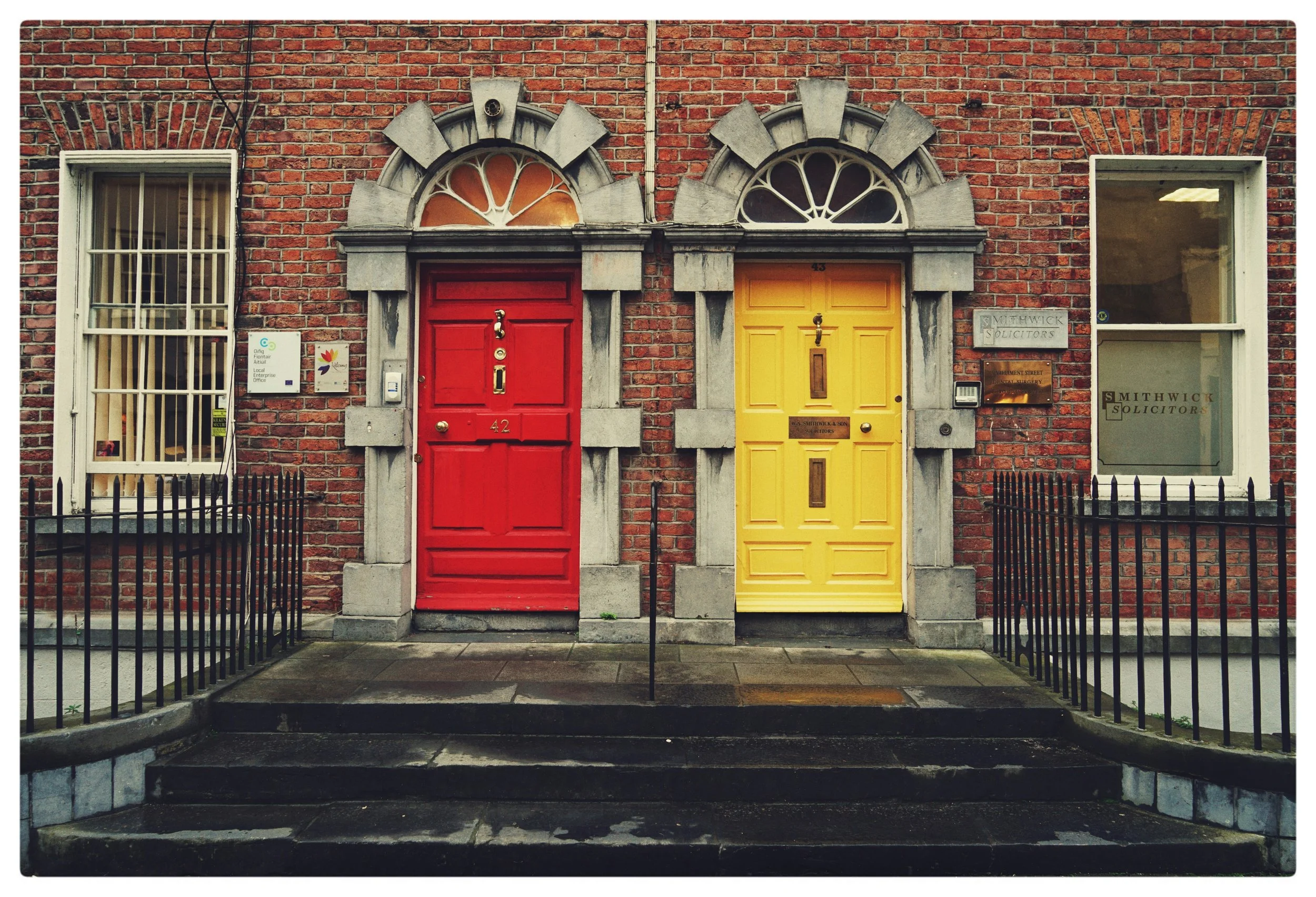It takes friction to make life worth living

WHY THIS EXERCISE
This week’s theme is inspired by a podcast conversation (available here) between psychotherapist Esther Perel (an idol of mine!) and comedian Trevor Noah. They were discussing a dynamic that touches all of our lives—how our modern world’s relentless pursuit of convenience increasingly erodes our opportunities for connection.
Let’s take the example of a laundromat.
Trevor described how laundromats, though inconvenient, often become places of unexpected community—small, human moments like helping someone with change, chatting with a stranger, seeing the same faces week after week.
But opportunities for these micro-connections are decreasing. From dating apps to food delivery to AI search tools, almost everything can now be done alone and effortlessly. And while that’s incredibly convenient in the short-term, it also makes life more boring, less social, and potentially more lonely. Convenience is efficient—but friction is where life happens. My parents-in-law’s love story is a beautiful example of this - they struck up a conversation during a train journey that was incredibly delayed and are still together 45 years later!
So this week’s reflection is about tuning into that dynamic: Where in your life are you choosing ease over aliveness? And what can you do about it?
EXERCISE FLOW
This reflection has five key steps, each designed to help you explore your balance between ease and connection:
1. Recall the Magic of Friction
Reflect on past moments where discomfort led to connection, joy, or meaning.
2. Assess Where You Are Now
Notice where convenience dominates your life and where connection may be missing.
3. Shift the Needle
Identify small ways to invite more friction and aliveness across areas of your life.
4. Make It Stick
Create a simple plan with actions and reminders to help you follow through.
5. Keep a Memory Talisman
Hold on to one meaningful memory as a reminder of why connection is worth the effort.
As always, take what resonates and leave the rest.
DETAILED PROMPTS
Part 1 – Remembering the Magic of Friction
Begin by reflecting on your own life.
Think about times when inconvenience, unpredictability, or discomfort led to something wonderful—connection, laughter, adventure, or meaning.
Maybe:
A travel delay turned into a conversation that stayed with you.
You pushed yourself to go out when you didn’t feel like it, and had a surprising amount of fun.
You helped someone with a small task and it turned into a friendship.
Let yourself write freely about these moments. Describe what happened, what emotions were present, and how you felt afterwards. This step isn’t just nostalgia—it’s fuel for the steps that follow.
Part 2 – Where Are You Now?
Reflect on your current habits and tendencies.
Are you leaning more toward convenience or connection these days?
In what areas of life? Social? Work? Creativity? Technology? Travel?
Are you content with the balance? Or is something missing?
Some people live too far into discomfort, always chasing challenge. Others stay close to safety, avoiding friction altogether. Where do you stand right now?
Part 3 – Shift the Needle
If you feel ready to move toward more connection, adventure, or aliveness, think about how to invite a little more friction into your life.
Explore different areas:
Social life: Could you host something, even if it’s small? Say yes to invitations? Join a class?
Use of technology: Can you choose to call a friend instead of texting? Go device-free for a a walk in the park?
Work: Could you suggest an in-person meeting? Go for more lunches and coffees with your colleagues?
Routine: Could you take the scenic route, go to the market instead of ordering online, or attend a class instead of watching a tutorial?
Nothing extreme—just one or two choices that move you gently toward connection.
Part 4 – Set a Plan (and Make It Stick)
Now that you’ve chosen a few areas to shift, ask yourself:
What actions will I take?
When will I take them?
How can I make sure I follow through?
You might:
Add reminders in your calendar
Commit to one event per week
Create a little rule like, “If I’m 50/50 on going out, I go.”
Use accountability—like organizing something so you have to show up
Part 5 – Use Your Memories as a Talisman
Finally, go back to the moments you wrote about in Part 1—the ones where discomfort led to magic.
Choose one or two of those memories and hold them as a kind of personal talisman—a reminder that good things often live just beyond convenience.
Let those stories be your motivation the next time you’re tempted to stay home, stay silent, or stay safe.
I hope this exercise brought meaningful reflection. Because in the end, life isn’t made of perfectly predictable and comfortable evenings on the couch watching Netflix. It’s made of the things that surprise us.